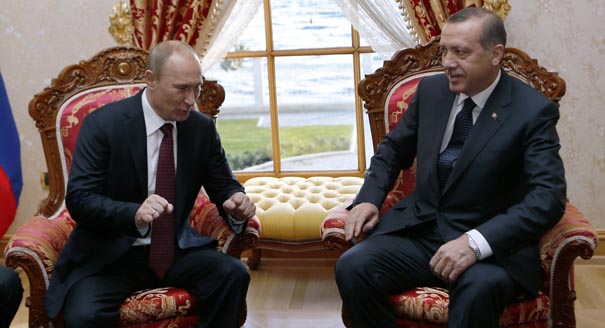Much of the world currently lives under “intermediary” political regimes. Pure dictatorships are a dying breed, but “shining city upon a hill” democracies are also hard to find. Most countries are “neither here nor there”—they don’t have firing squads to quash dissent, their borders aren’t closed, and they haven’t banned political parties that might compete with the dominant, ruling party.
As political scientists Steven Levitsky and Lucan Way have shown, hybrid political regimes tend toward democratization based on three factors: “linkage,” “leverage,” and “organizational power.”
Linkage is the economic and political connection between the regime and the outside world, its involvement in international alliances, agreements, and trade. The higher the level of involvement, the higher the chances of democratization, and vice versa.
Leverage is the other side of the coin: the influence that outside parties exert over the actions of a regime, its dependence on them, and the presence of a “significant other”—a key trade partner and/or source of financial aid. If this partner is a democracy, the regime that has a relationship with it will be more likely to undergo democratization; if it is an autocracy, the reverse will be true.
This is more or less the theory of spheres of influence, but seen from a different angle. Russia and China play the role of what some academics call a “Black Knight,” an influential partner that draws neighboring countries (post-Soviet states for Russia and many African countries for China) onto the path of authoritarianism. Correspondingly, the European Union is a “White Knight” for Eastern Europe and the United States—for Latin America.
Institutional sophistication or organizational power is a regime’s ability to imitate democratic institutions, which over time promotes democratization. The existence of a unified bureaucracy and a powerful repressive machine, meanwhile, pushes a regime toward greater authoritarianism.
Demography is another important factor that affects a country’s likelihood of edging toward authoritarianism. Naturally, poor demography isn’t a death sentence; however, the existence of what demographers call a “youth bulge”—a disproportionately high number of twenty- to twenty-five-year-olds in the population pyramid—correlates with a society’s proneness to violence. When the majority of the population in a country is over forty, protests are more likely to be peaceful and legal.
At the same time, an older population has no effect on the probability of a military coup, the other bane of semi-autocracies that don’t have an official mechanism for the transfer of power. A significant body of research on the subject has identified coups that led to subsequent democratization, which usually happens in countries in which the army is a modernizing, secular force—an increasingly rare occurrence.
The probability of a coup by members of the existing elite is not linked to the ruler’s popularity: potential conspirators live in their own little world and have only a limited understanding of public opinion.
However, in the new universe of total transparency, popularity affects the likelihood of a coup, which creates a paradox: an authoritarian ruler must seek public support and assistance from the very social networks that he or she was trying to quash before the trouble began. Furthermore, even the level of transparency of government, meaning the volume of data that a government releases, correlates with its immunity to intra-elite coups. In other words, the more open the regime, the less it has to fear its own elite. At the same time, this openness also makes the regime more vulnerable to mass protests.
Strangely enough, failed coups are more likely to result in democratization than successful ones. This makes sense: provided that the coup was not staged and represents a real split within the elite, it can only be overcome with the support of other elements of society. In Turkey, public opinion, law enforcement agencies, and the judiciary system were crucial in securing support for Erdogan.
We should keep in mind that the world’s autocracies are less interested in actually shutting out the rest of the world (realistically, only North Korea can afford to do so) than in being part of the international commodity and consumer markets while remaining free to do whatever they want at home and in their “backyards” (their spheres of influence). Consequently, they offer plenty of menacing rhetoric, but not as much in actual isolationist policies.
Still, some degree of isolation—“sovereignty,” in official political parlance—is necessary for every authoritarian regime to survive. But elites and societies as a whole don’t want full-blown isolationism. This is known as the “hybrid paradox.” In Russia and elsewhere, “authoritarian internationalism”—an alliance of quasi-democracies—has come to the rescue.
The flaw in this plan is that each participant in the alliance cares less about “fraternal friendship of traditional values” than about gaining leverage over first-world countries, which brings a certain mercantile hypocrisy into the relationship.
Radical transformation from a weak democracy into a strong autocracy is actually quite rare (one example is Belarus, for which Russia was the Black Knight). For real dictatorships such as Iraq, Libya, and Syria, the most likely scenario is neither further concentration of power nor democratization—it is collapse, war, and chaos. This is why these intermediary political forms have spread across the planet, sometimes cropping up in place of old dictatorships; the advantage they have is that they can transform without changing their essence. For this reason, abrupt transitions from complex hybrids to streamlined fascist regimes make for eye-catching headlines, but aren’t very likely in reality.
